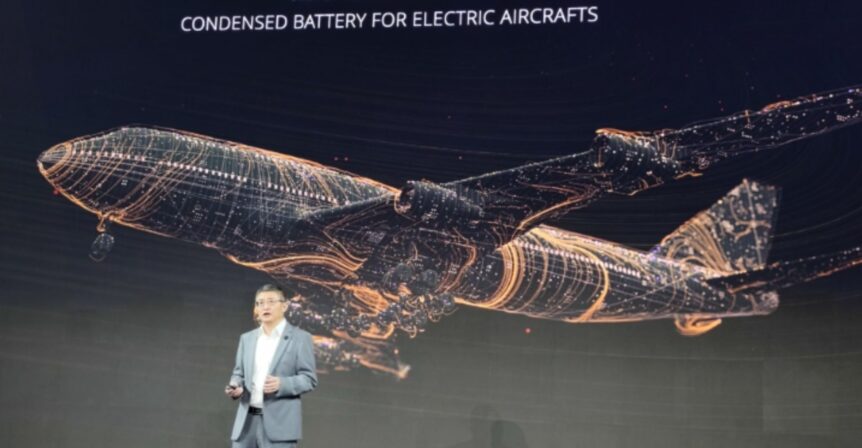Suddenly, three battery makers have announced silicon-based 500 kilowatt-hour batteries, a major leap forward for possible use in electric aircraft. The three use varied techniques to achieve this significant energy increase. Amprius We covered Amprius’ new battery on March 28, noting its successful record-breaking flights in AALTO’s Zephyr HAPS (High Altitude Pseudo Satellite) aircraft. This frail-looking but obviously over-achieving machine has loitered over the desert of New Mexico and beyond for over 64 days and nights, powered by a combination of sunlight and Amprius batteries. The batteries in particular just keep getting better. That record was set with the last generation of Amprius cells, but future flights will benefit from the verified performance of their new 500 kilowatts per kilogram batteries. Mobile Power Solutions performed such tests, showing results of >504 Wh/kg and >1321 Wh/l at 25°C. Pierre-Antoine Aubourg, Chief Technical Officer at AALTO HAPS, looks ahead. “We look forward to taking advantage of Amprius’ 500 Wh/kg cell to further …
Better Batteries: Wrap It in Seaweed
MIT’s Technology Review reported last September that researchers at the Georgia Institute of Technology and Clemson University had formulated a way to keep silicon anodes in lithium batteries from cracking under the strain of expending and contracting while they charge and discharge. They added a “binding agent and food additive derived from algae” that is in turn derived from seaweed. This enables the anode to charge and discharge at an eight times greater rate than an equivalent carbon anode without breaking down, a common problem for “raw” silicon. Environmentally friendly, the manufacturing processes for this type of anode are claimed to be clean and inexpensive. According to the Technology Review, “Lithium-ion batteries store energy by accumulating ions at the anode; during use, these ions migrate, via an electrolyte, to the cathode. The anodes are typically made by mixing an electroactive graphite powder with a polymer binder—typically polyvinylidene fluoride (PVDF)—dissolved in a solvent called NMP (N-Methylpyrrolidone). The resulting slurry is spread …

